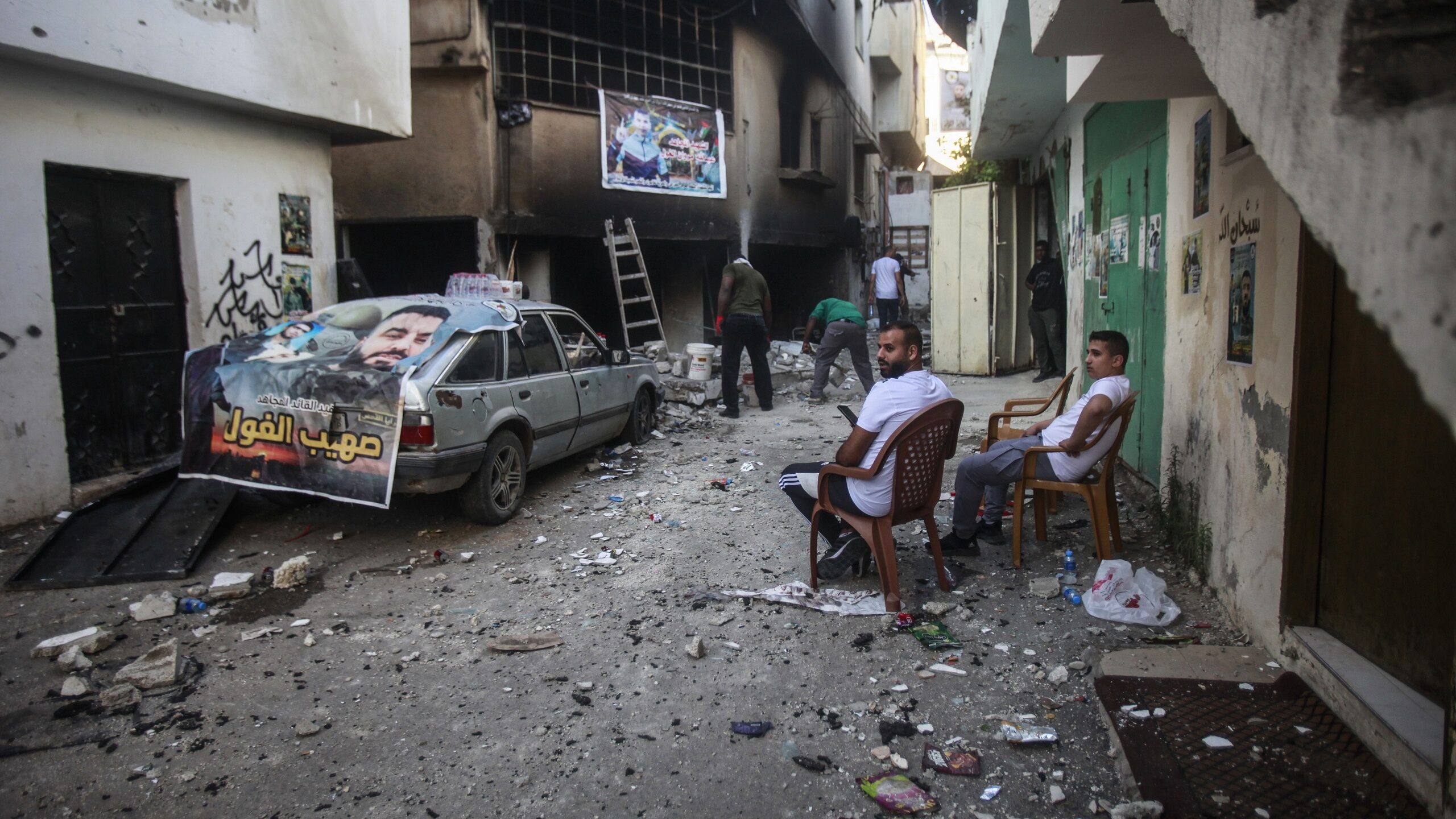Assessing Results in Jenin
The post-fighting ritual of viewing the carnage through dedicated optics is underway in Jenin. Israel’s two-day ground incursion exposed thousands of weapons being storehoused for future use against targets in the Jewish state; resulted in the capture of known fighters; and caused severe destruction of infrastructure including electricity, water supply, and sewage processing. An estimated 3,000 of the Jenin refugee camp’s 17,000 residents left the area to avoid the fighting. Despite the numbers, no one on the Israeli side is making grandiose claims such as having put the threat to bed with some permanency. Even Prime Minister Binyamin Netanyahu’s comments at the conclusion of hostilities acknowledged the raid is unlikely to be a “one-off” event, and that more of the same can be expected as terror resumes. On Tuesday, a Palestinian rammed pedestrians with his vehicle in Tel Aviv and followed up by flailing his knife at terrified civilians, managing to wound seven before being shot dead by a legally armed citizen. Hamas claimed responsibility for the attack, saying it was in response to the ongoing military operation in Jenin. In the aftermath of the Jenin operation, Palestinian Authority President Mahmoud Abbas severed all ties to Israel—including security cooperation. Nevertheless, some muse over the inevitability of the Israeli government and the PA maintaining vigilance against common threats.

